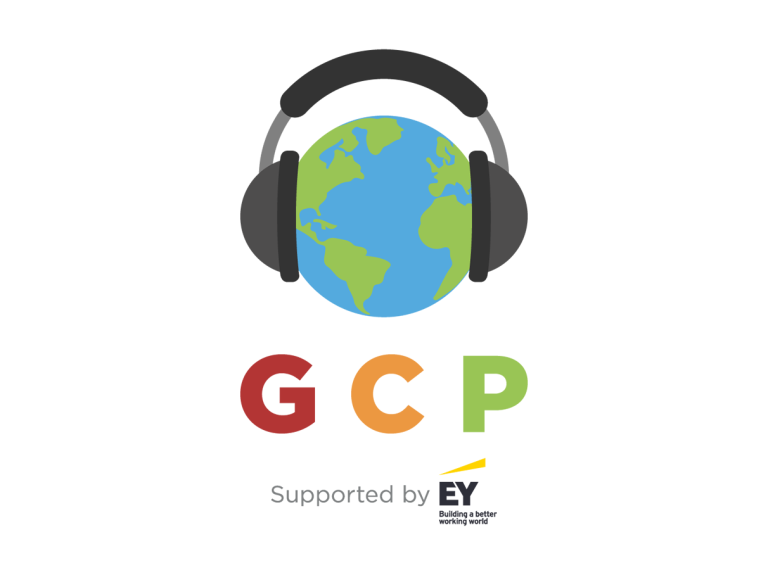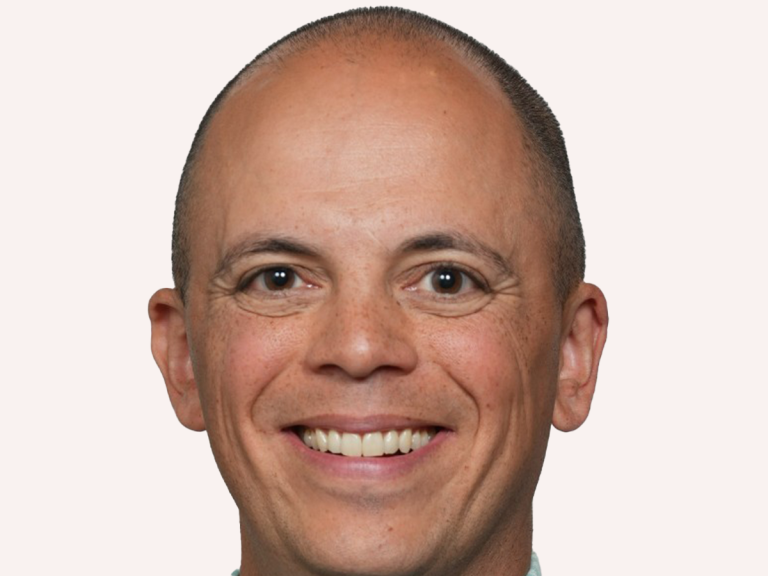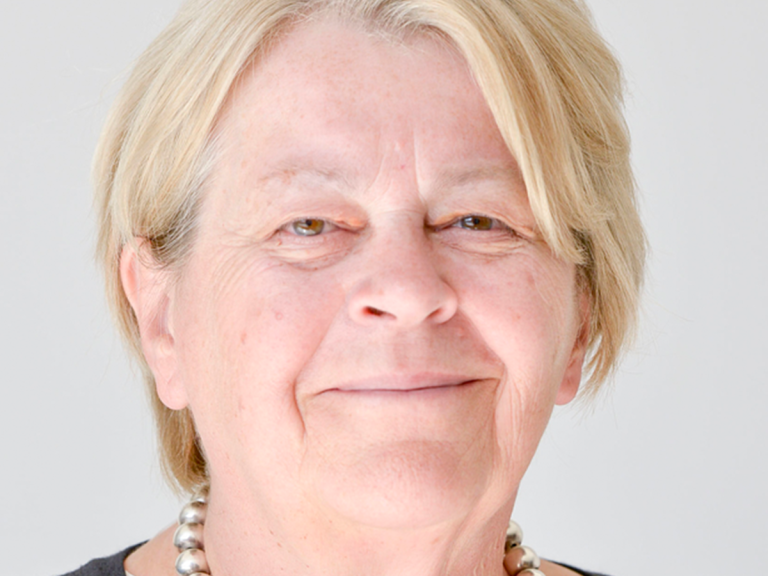



In episode 97 of the Global Captive Podcast, supported by the EY Global Captive Network, Richard is joined by a range of guests to discuss a variety of topics.
Timestamps and guests below:
00.00 – 01.34: Richard introduces the episode and our four guests.
01.34 – 21.53: Speaking in a personal capacity, experienced captive reglator Steve Kinion provides first hand insight into the long running legal dispute between the Delaware Department of Insurance, and the Internal Revenue Service, regarding access to documents concerning captives that were under investigation. He reflects on the outcome, and the potential implications.
21.58 – 36.08: Luke interviews Rick Da Costa, Partner and National Leader for Corporate and Regulatory Insurance & Reinsurance at Borden Ladner Gervais LLP, who brings us up to speed on activity in Alberta and its appeal as a new captive domicile for Canadian businesses.
36.11 – 48.48: Dennis Moore, Senior Sales Executive, and Scott Kurland, Managing Director at SS&C Technologies, tell us about their roles at SS&C and how they fit into the captive value chain.
The SS&C Insurance Solutions team will be attending the World Captive Forum next month in Orlando, Florida, so feel free to reach out to speak with a representative.
Richard referenced several articles and previous episodes during GCP #97. See links below.
GCP Explainer: IRS vs Delaware Department of Insurance
Hearing highlights: IRS totally fails to engage, 831(b) captives will close
Domicile landscape evolving fast for Canada’s prospective captive owners
Delaware updates regulation of Side A D&O and capitalisation requirements
For the latest news, analysis and thought leadership from the global captive market, sign up for the Captive Intelligence twice-weekly newsletter.













